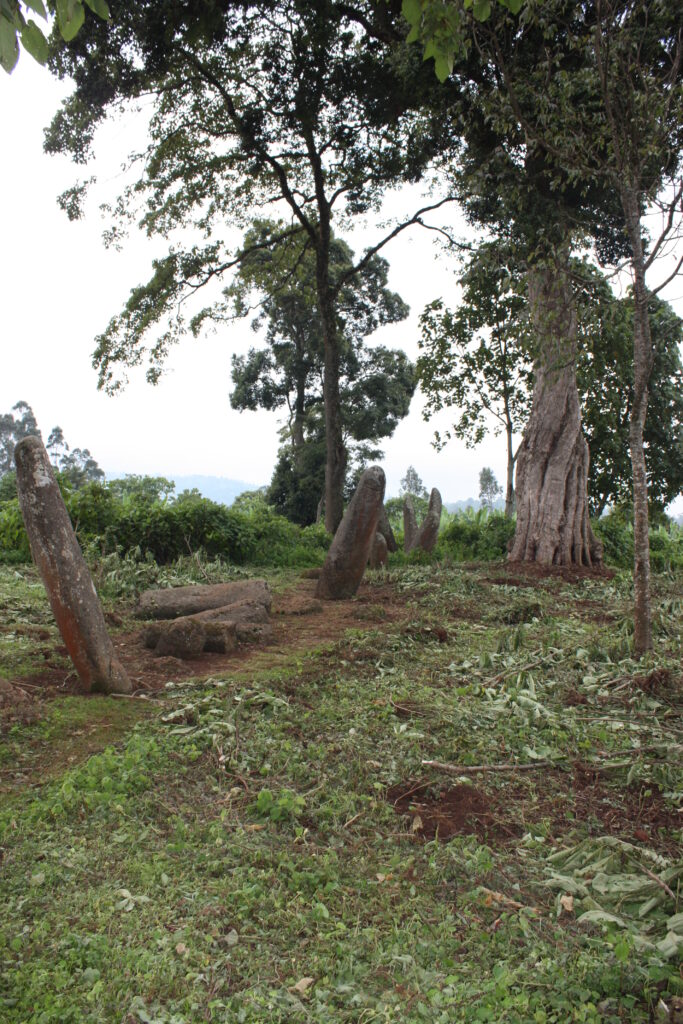 PULLMAN, WASHINGTON—According to a statement released by Washington State University, new radiocarbon dating of some of the 10,000 stone monoliths at southern Ethiopia’s Sakaro Sodo archaeological site indicates the oldest of the 20-foot phallus-shaped stela monuments were built in the first century A.D., or about 1,000 years earlier than previously thought. Archaeologist Ashenafi Zena of the State Historical Society of North Dakota said the stones in the Gedeo zone vary in size, function, and arrangement in the landscape, and some were carved with faces or other designs. For example, monuments placed in a linear pattern may have commemorated the transfer of power or recorded achievements, while some of the more recent stones are thought to have been used as burial markers. The new dates suggest that the oldest monuments were erected at about the same time that animal domestication and more complex social and economic systems were introduced to the region, he added. Zena and his colleagues also found a possible quarry site for the stone, and sources of obsidian in northern Kenya for other artifacts recovered at stela sites. For more on the archaeology of Ethiopia, go to “Early Adopters.”
PULLMAN, WASHINGTON—According to a statement released by Washington State University, new radiocarbon dating of some of the 10,000 stone monoliths at southern Ethiopia’s Sakaro Sodo archaeological site indicates the oldest of the 20-foot phallus-shaped stela monuments were built in the first century A.D., or about 1,000 years earlier than previously thought. Archaeologist Ashenafi Zena of the State Historical Society of North Dakota said the stones in the Gedeo zone vary in size, function, and arrangement in the landscape, and some were carved with faces or other designs. For example, monuments placed in a linear pattern may have commemorated the transfer of power or recorded achievements, while some of the more recent stones are thought to have been used as burial markers. The new dates suggest that the oldest monuments were erected at about the same time that animal domestication and more complex social and economic systems were introduced to the region, he added. Zena and his colleagues also found a possible quarry site for the stone, and sources of obsidian in northern Kenya for other artifacts recovered at stela sites. For more on the archaeology of Ethiopia, go to “Early Adopters.”
Source: archaeology.org
 Archeology News Archeology News
Archeology News Archeology News






